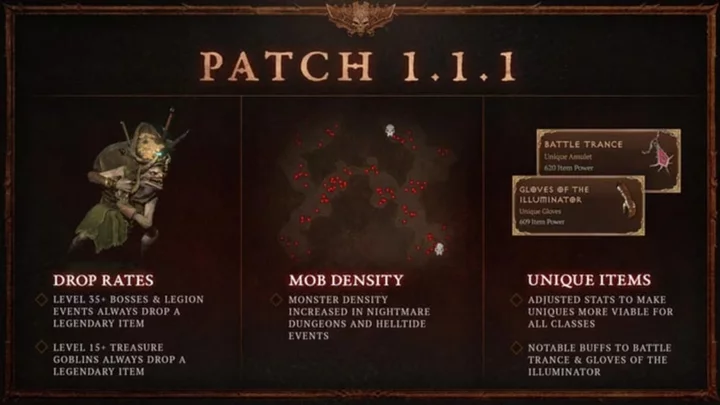
Diablo 4 Druid Leveling Build: Best Season 1 Build Patch 1.1.1
Diablo 4 Druid leveling build guide for Season 1 as of Patch 1.1.1. The best Druid build for leveling is currently Pulverize.
2023-08-15 01:56
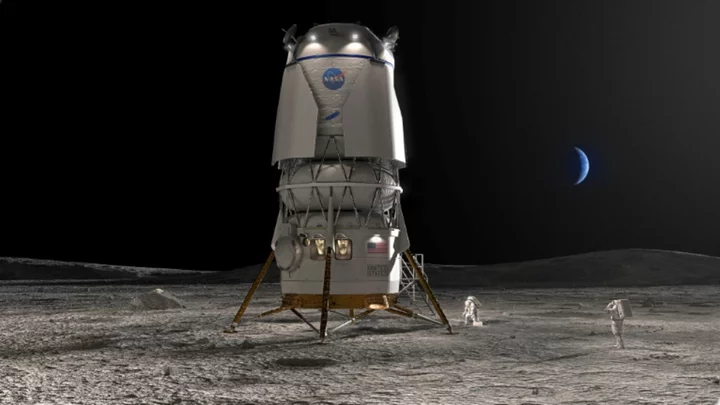
After SpaceX, NASA taps Bezos's Blue Origin to build Moon lander
Two years after awarding Elon Musk's SpaceX a contract to ferry astronauts to the surface of the Moon, NASA on Friday announced it had chosen Blue Origin, a rival space company founded by billionaire Jeff...
2023-05-20 02:27

proteanTecs to Showcase the Future of Health and Performance Monitoring at DAC and SEMICON West 2023
SAN FRANCISCO--(BUSINESS WIRE)--Jul 5, 2023--
2023-07-05 22:25

'90 Day Fiance' star Angela Deem slammed over 'fake' video with young fans: 'This verges on inappropriate'
'90 Day Fiance' star Angela Deem shares a CapCut video with young boys
2023-07-07 12:26

Denmark looks to curb collection of data on children by Big Tech
COPENHAGEN Denmark aims to raise the age limit for the collection of personal data from children by tech
2023-06-13 04:53

Data centres use almost a fifth of Irish electricity
The amount of electricity being used by data centres in Ireland has risen by 400% since 2015.
2023-06-12 22:18
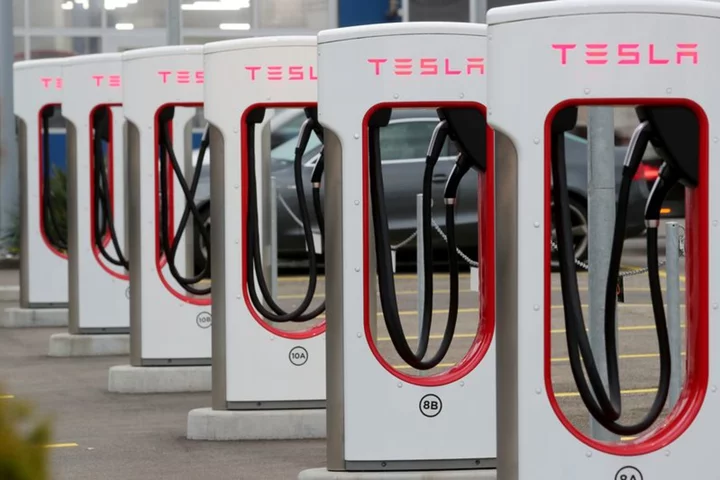
Ford to add more Tesla EV chargers to its network
(Reuters) -Ford Motor said on Monday it would add more of Tesla's Superchargers to its electric-vehicle charging network, higher than
2023-10-30 23:18

Harris heads to Florida ready to forcefully condemn state's new Black history standards
Vice President Kamala Harris will travel Friday to Jacksonville in a last-minute trip to forcefully condemn a newly approved set of standards for teaching Black history by the Florida Board of Education, directly wading into one of the cultural flashpoints that have assumed new prominence ahead of the 2024 election.
2023-07-21 23:24
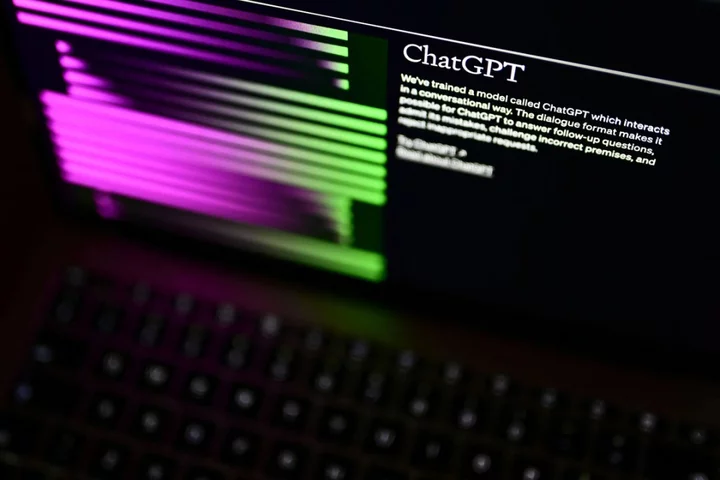
ChatGPT creators OpenAI form ‘Preparedness’ group to get ready for ‘catastrophe’
OpenAI, the creators of ChatGPT, have formed a new group to prepare for the “catastrophic risks” of artificial intelligence. The “Preparedness” team will aim to “track, evaluate, forecast and protect against catastrophic risks”, the company said. Those risks include artificial intelligence being used to craft powerful persuasive messages, to endanger cybersecurity and to be used in nuclear and other kinds of weapons. The team will also work against “autonomous replication and adaptation”, or ARA – the danger that an AI would gain the power to be able to copy and change itself. “We believe that frontier AI models, which will exceed the capabilities currently present in the most advanced existing models, have the potential to benefit all of humanity,” OpenAI said. “But they also pose increasingly severe risks.” Avoiding those dangerous situations will mean building frameworks to predict and then protect people against the dangerous capabilities of new artificial intelligence systems, OpenAI said. That will be one of the tasks of the new team. At the same time, OpenAI launched a new “Preparedness Challenge”. That encourages people to think about “the most unique, while still being probable, potentially catastrophic misuse of the model” such as using it to shut down power grids, for instance. Particularly good submissions of ideas for the malicious uses of artificial intelligence will win credits to use on OpenAI’s tools, and the company suggested that some of those people could be hired to the team. It will be led by Aleksander Madry, an AI expert from Massachusetts Institute of Technology, OpenAI said. OpenAI revealed the new team as part of its contribution to the UK’s AI Safety Summit, which will happen next week. OpenAI was one of a range of companies that have made commitments on how it will ensure the safe use of artificial intelligence. Read More WhatsApp update will change how you log in forever ChatGPT creator quietly changes core values from ‘thoughtful’ to ‘scrappy’
2023-10-28 00:19

DealHub.io Introduces DealRoom for HubSpot CRM to Get Buyers and Sellers on the Same Page
AUSTIN, Texas & BOSTON--(BUSINESS WIRE)--Sep 7, 2023--
2023-09-07 20:51

Morgan Stanley Reaches 70% of $1 Trillion ESG Funding Goal
Morgan Stanley said it’s more than two thirds of the way towards achieving its target to finance $1
2023-08-04 22:17

APEC Latest: Xi Says China Will Not Fight Hot or Cold War
President Xi Jinping said China wants to be friends with the US and said his nation won’t fight
2023-11-16 14:16
You Might Like...

Insider Q&A: John Riccitiello, CEO of video game software company Unity, on AI and gaming's future

Valorant Premier Ignition Stage Rewards

How tall is Super Mario? Nintendo mascot is one of the most-loved game characters of all time

Fortnite: New leak suggests Miles Morales and Spider-Man 2099 may appear in game

Apple confirms that a bug and some apps are causing iPhone 15s to overheat

Code Avengers Review

US health department, law firms latest hit in wide-ranging hack
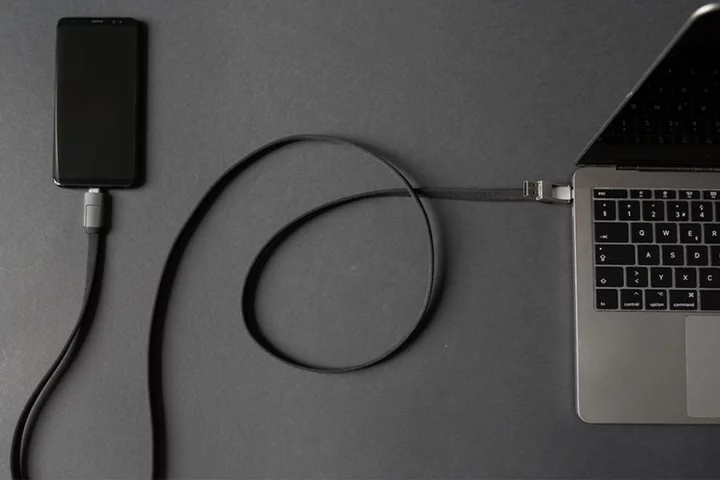
This 6-in-1 charging and sync cable is just $13
